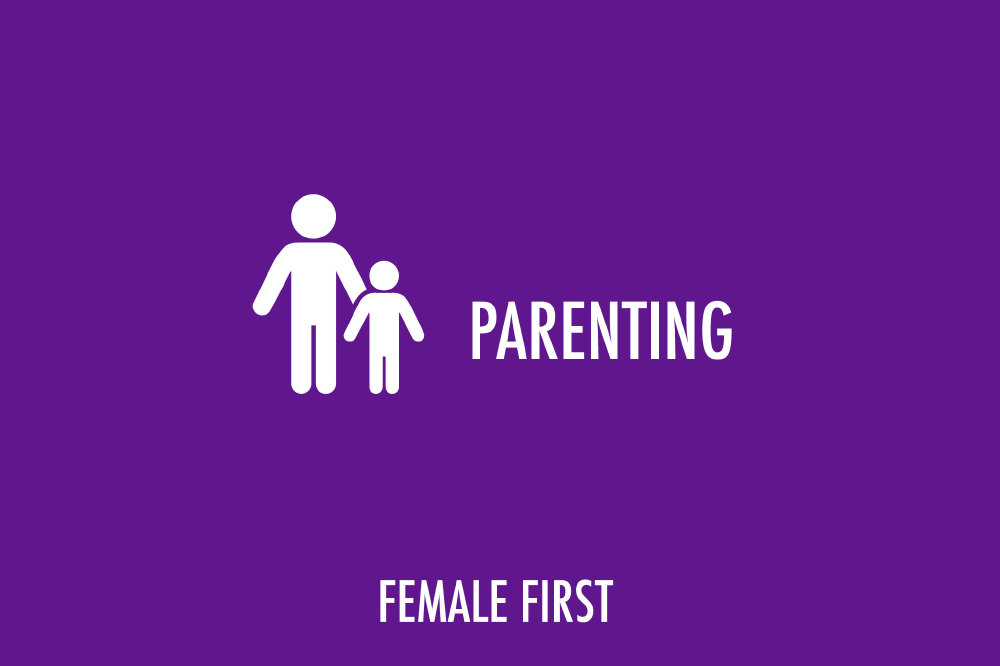Parents obviously have a huge influence in their child’s life, and a new study has revealed that when mothers are active, so are their children.

Parenting on Female First
The analysis of physical activity levels of more than 500 mothers and pre-schoolers found that the amount of activity that a mother and her child did each day was closely related.
However, women aren’t putting in enough exercise with only 53% of mothers engaging in 30 minutes of moderate-to-vigorous physical activity at least once a week. The UK Government however recommends achieving 150 minutes of at least ‘moderate intensity physical activity’ (such as brisk walking) over the week.
The paper, published today in the journal Pediatrics, ‘Activity Levels in Mothers and Their Preschool Children’ suggests that, given the link between mothers and young children, policies to improve children’s health should be directed to whole families and seek to engage mothers in particular.
The data from mother and child were matched up to see if and how the activity patterns of adults and children correlated. “We saw a direct, positive association between physical activity in children and their mothers – the more activity a mother did, the more active her child. Although it is not possible to tell from this study whether active children were making their mothers run around after them, it is likely that activity in one of the pair influences activity in the other,” said Kathryn Hesketh (formerly of Cambridge and now UCL) who led the research with Dr Esther van Sluijs at the MRC Epidemiology Unit and the Centre for Diet and Activity Research, University of Cambridge, in collaboration with researchers at the MRC Lifecourse Epidemiology Unit, University of Southampton.
Hesketh continued: “For every minute of moderate-to-vigorous activity a mother engaged in, her child was more likely to engage in 10% more of the same level of activity. If a mother was one hour less sedentary per day, her child may have spent 10 minutes less sedentary per day. Such small minute-by-minute differences may therefore represent a non-trivial amount of activity over the course of a week, month and year.”
The research adds a further dimension to what is already known about levels of physical activity in children and adults. Despite strong evidence of the benefits of exercise, activity levels decrease through childhood and into adulthood. This decline extends into the childbearing years. New parents tend to be less active than peers without children and more likely to fail to meet recommended guidelines.
Once women become mothers their activity levels frequently fail to return to pre-parenthood levels and their relative lack of activity may influence that of their small children. “There are many competing priorities for new parents and making time to be active may not always be top of the list. However, small increases in maternal activity levels may lead to benefits for mothers and children. And if activity in mothers and children can be encouraged or incorporated into daily activities, so that more time is spent moving, activity levels are likely to increase in both. In return, this is likely to have long-term health benefits for both,” said Hesketh.
Tagged in Parenting children's health

